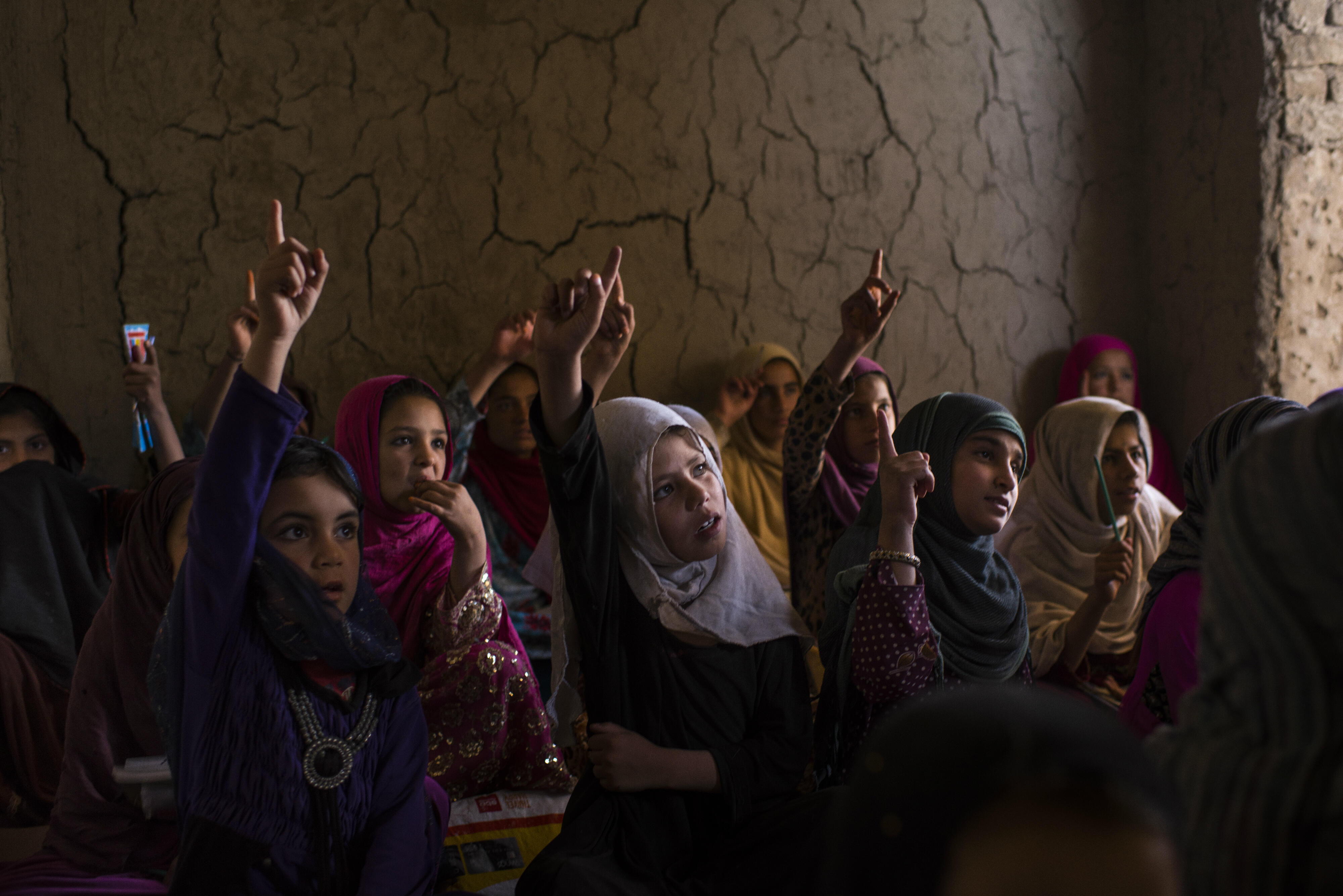
There are 62 million children out of school across the world—children without access to the education and training they need to improve their lives. That number is only increasing as millions of refugees are being forced to return to Afghanistan from Pakistan. These displaced families now must rebuild in a country they haven’t seen in decades—for many children, a country they’ve never known at all.
In all, 3.5 million young Afghans are out of school, including 500,000 children of returning and displaced families.
“In returning to Afghanistan, children face enormous barriers accessing education,” says Vicki Aken, Afghanistan country director with the International Rescue Committee (IRC). “Afghan schools are stretched as resources allocated to education cannot keep up with needs, and insecurity makes it dangerous for children to travel long distances to reach existing schools.”
Supporting returning refugee children
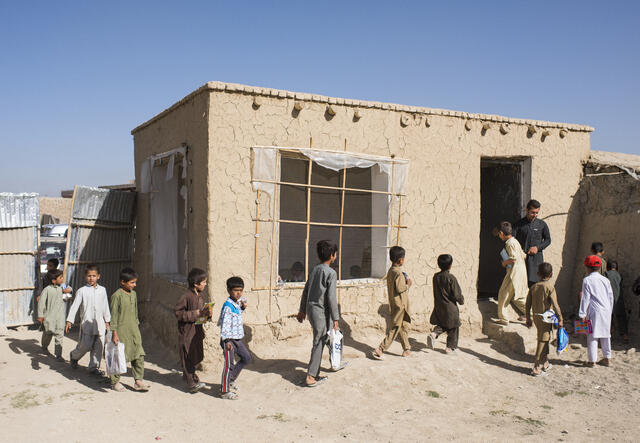
Returning children face many obstacles in accessing education. Because Afghanistan lacks passable roads and safe transportation, schools are often inaccessible; those that are quickly become overcrowded.
The IRC has been working to increase access to education for children affected by the conflict. We built and supported community primary schools for 25,000 students across Afghanistan in 2017. This year, we will set up 400 classrooms in Nangarhar, Kabul, Helmand, Paktia, Logar and Laghman provinces to allow 23,000 more Afghan children to safely access education where they live.
The IRC programs serve both local and returning children to create inclusive and safe learning environments. We work with communities and the Afghan ministry of education to identify usable buildings and train teachers, typically opening schools in just a few months. These schools eventually will be linked into the national education system.
Ensuring girls go to school
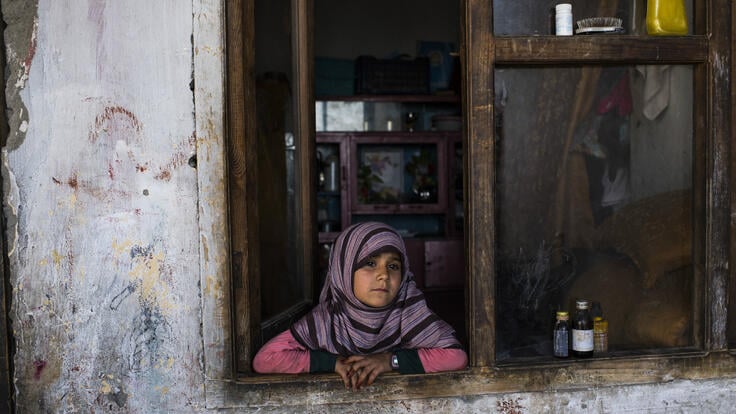
Even when children have access to schools, stress and trauma keep many from attending. In addition, child labor is rampant, with 15 percent of school-aged children earning an income outside of the home. Girls, in particular, are routinely excluded from education. Many families end girls’ schooling once they reach puberty, pressuring them into early marriage.
Community schools offer the only chance many Afghan girls will have to get an education. Last year, 60 percent of the children the IRC enrolled were girls. To meet the specific needs of these students, the IRC is working to ensure that at least half of teachers we hire are female – and that girls have access to education a safe distance from where they live. Teacher training will include gender-sensitive class-room management and guidance on issues of stress and safety. We are also ensuring that schools have safe girls’ bathroom facilities.
Afghanistan's education authorities recognize the importance of girls‘ education to the future of the country: The IRC contributed to the country’s recent community-based education policy and will work closely with the Afghan government to ensure girls and boys can learn in safe classrooms.
Overcoming language and cultural barriers
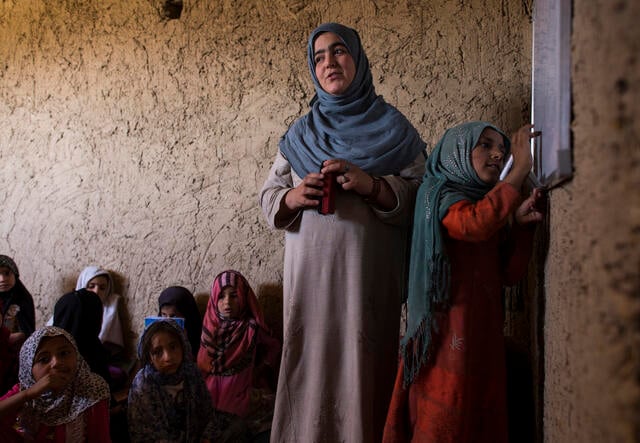
Returning Afghan children face one further barrier to education. While many attended Afghan schools in refugee camps in Pakistan, they nevertheless face language and cultural barriers in their home country. That’s why the IRC builds school programs around returning children in Dari and Pashto, their native languages.
“We know that the kinds of stress associated with children in conflict environment damage the brain,” says Andrew Mathew, technical advisor of education with the IRC. “But explicit focus on social and emotional activities can repair that.”
Many returning families have already seen the benefits of community school programs. “Before, our children had difficulties accessing education and overcoming language barriers in public schools,” one refugee mother says, “but now they have education opportunities near to our homes in their mother tongue.”
Nurturing young readers
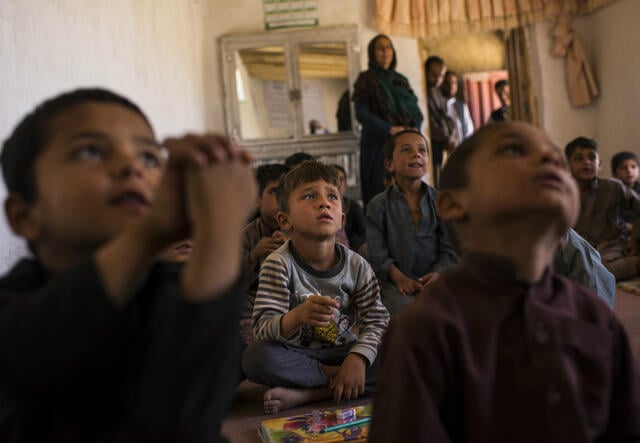
Through the Afghan Children Read program, we are working with international development organization Creative Associates International and the United States Agency for International Development (USAID) to build an early-grade reading curriculum for young children attending public and community-based schools.
The five-year program will provide a safe, inclusive and high-quality learning environment for children to improve their reading skills in Dari, Pashto and other languages. It will also establish national early-grade reading assessments to ensure that students are learning at the appropriate pace.
We already have trained 600 community-based teachers and 4,300 ministry of education staff members and teachers and provided 25,000 storybooks. The Afghan government aims to scale this model across the nation.
Through these emergency education and early reading programs, the IRC is committed to building a brighter future for Afghan children. In the words of returning refugee Amir Jan, whose children attend one of the IRC’s community-based schools, “My dreams are for my children. I wish that they get enough education to settle down well in their lives—I don’t want them to walk in my shoes. I hope they have a bright future.”
Photos by Andrew Quilty/IRC